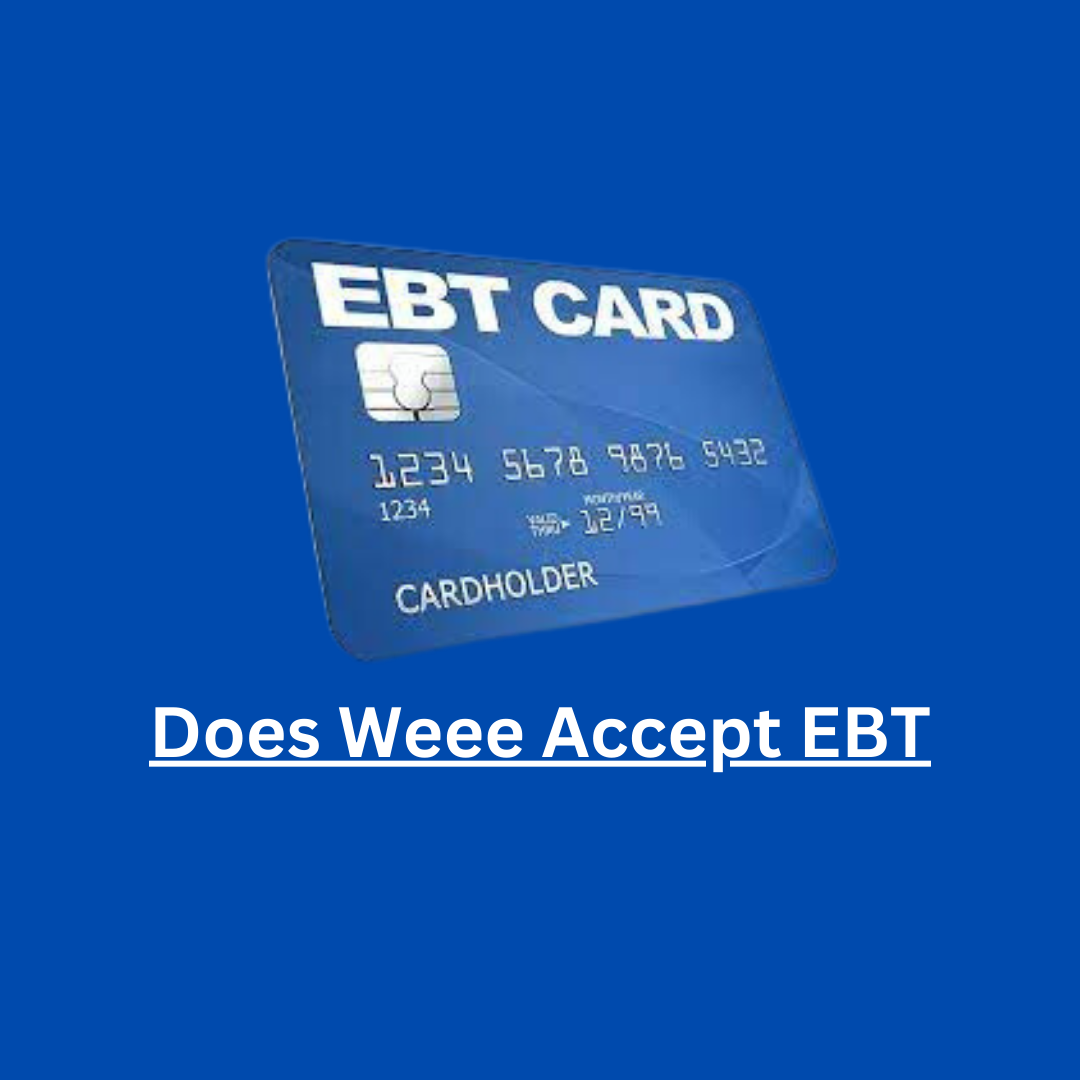In recent years, the world has witnessed an increasing awareness of both environmental sustainability and social equity. The convergence of these two essential aspects has sparked discussions about how various initiatives, especially in the realm of waste management and recycling, can contribute to a more inclusive and responsible society. One such initiative that has been under scrutiny is the Waste Electrical and Electronic Equipment (WEEE) program and its acceptance of Electronic Benefit Transfer (EBT) as a form of payment. In this article, we delve into the complex relationship between WEEE and EBT, exploring the potential implications for both the environment and marginalized communities.
Understanding WEEE:
WEEE is a comprehensive program designed to address the growing issue of electronic waste, or e-waste, which includes discarded electronic devices like computers, smartphones, and household appliances. The program aims to divert these electronic products from landfills, promoting recycling and responsible disposal. WEEE often collaborates with electronic retailers, municipalities, and recycling centers to create a network that facilitates the collection and proper handling of e-waste.
The Environmental Aspect:
At its core, WEEE is driven by a commitment to environmental sustainability. Electronic devices, when improperly disposed of, pose significant risks to the environment due to the presence of hazardous materials such as lead, mercury, and cadmium. Recycling these materials not only prevents environmental contamination but also conserves valuable resources by reusing components like metals and plastics.
By participating in WEEE programs, consumers contribute to the reduction of e-waste, thus minimizing the environmental impact of electronic products. This aligns with the broader global efforts to transition towards a circular economy, where resources are kept in use for as long as possible, and the generation of waste is minimized.
The Social Equity Perspective:
On the other hand, the acceptance of EBT as a payment method raises questions about the inclusivity of WEEE programs. EBT, or Electronic Benefit Transfer, is a system that allows recipients of government assistance, such as the Supplemental Nutrition Assistance Program (SNAP), to make purchases using a card that functions like a debit card. The inclusion of EBT in WEEE programs could potentially bridge the gap between environmental responsibility and social equity.
Many marginalized communities face barriers to participating in environmental initiatives due to financial constraints. By accepting EBT, WEEE could make its services more accessible to individuals and families with lower incomes, promoting inclusivity in the pursuit of sustainable practices. This intersection of environmental and social responsibility underscores the interconnected nature of these global challenges.
Potential Benefits of Accepting EBT:
-
Financial Accessibility:
- E-waste disposal fees can be a deterrent for individuals facing economic hardships. Allowing EBT payments for WEEE services could remove this financial barrier, encouraging more people to participate in responsible e-waste management.
-
Community Engagement:
- By embracing EBT, WEEE programs can actively engage with communities that may have been previously excluded. This engagement can lead to increased awareness about the environmental impact of e-waste and foster a sense of community responsibility.
-
Job Creation:
- The expansion of WEEE programs through EBT acceptance could result in increased demand for recycling services. This, in turn, may create job opportunities in communities that are disproportionately affected by unemployment.
-
Educational Outreach:
- Accepting EBT may provide an avenue for educational outreach on both environmental sustainability and financial literacy. WEEE programs can collaborate with community organizations to offer workshops and resources, creating a holistic approach to social and environmental awareness.
Challenges and Considerations:
While the idea of accepting EBT in WEEE programs holds promise, it is essential to acknowledge potential challenges and considerations.
-
Logistical Complexity:
- Integrating EBT into existing WEEE payment systems may pose logistical challenges. Ensuring a smooth transition requires coordination between government agencies, financial institutions, and WEEE program administrators.
-
Fraud Prevention:
- Implementing EBT payments necessitates robust fraud prevention measures. Striking a balance between accessibility and security is crucial to maintain the integrity of the WEEE program.
-
Public Perception:
- The acceptance of EBT may face resistance or skepticism from some sectors of the public. Communicating the dual benefits of environmental sustainability and social equity will be essential in garnering widespread support.
-
Policy Alignment:
- Successful implementation may require alignment with government policies and regulations. Advocacy for supportive policies at both the federal and state levels will be crucial for the long-term success of such initiatives.
Conclusion:
The question of whether WEEE should accept EBT is complex, touching upon environmental, economic, and social considerations. Striking a balance between fostering environmental responsibility and ensuring social equity is a challenge that requires thoughtful planning and collaboration.
In an ideal scenario, the intersection of WEEE and EBT could pave the way for a more inclusive and sustainable future. By breaking down financial barriers and actively engaging marginalized communities, WEEE programs have the potential to become catalysts for positive change on multiple fronts. However, the success of such initiatives relies on addressing logistical challenges, ensuring security, and garnering public support through effective communication and advocacy.
Ultimately, the acceptance of EBT in WEEE programs reflects a broader trend in which environmental and social issues are recognized as interconnected. It highlights the importance of crafting solutions that not only protect the planet but also promote social justice and inclusivity. The journey towards a more sustainable and equitable society requires innovative approaches that consider the diverse needs and challenges faced by different segments of the population.
